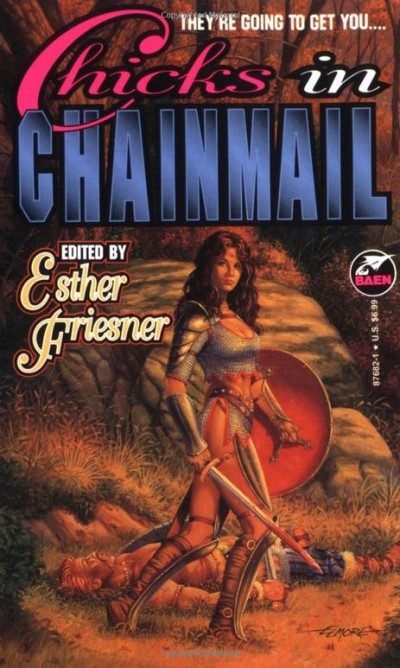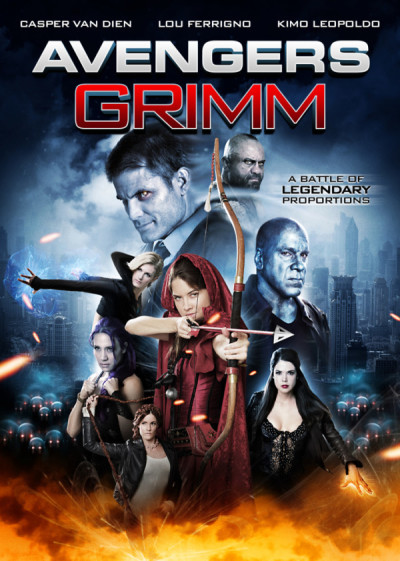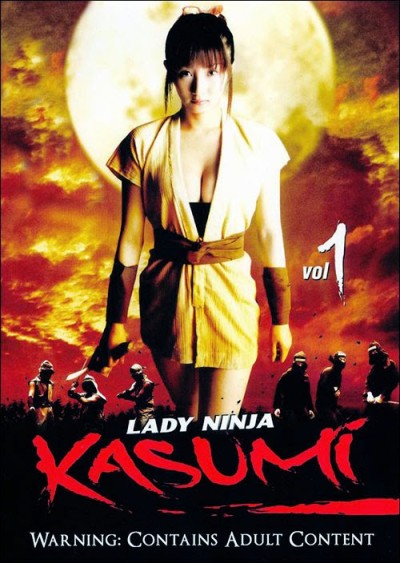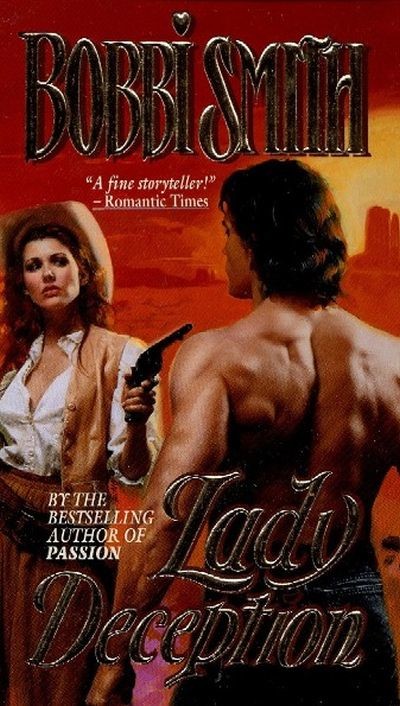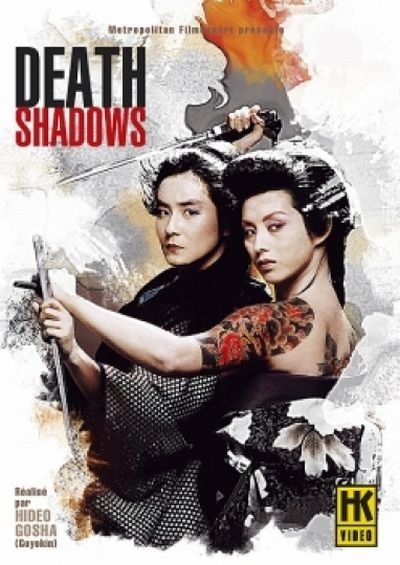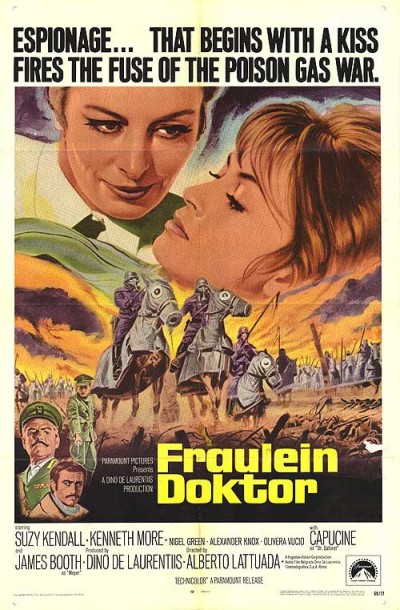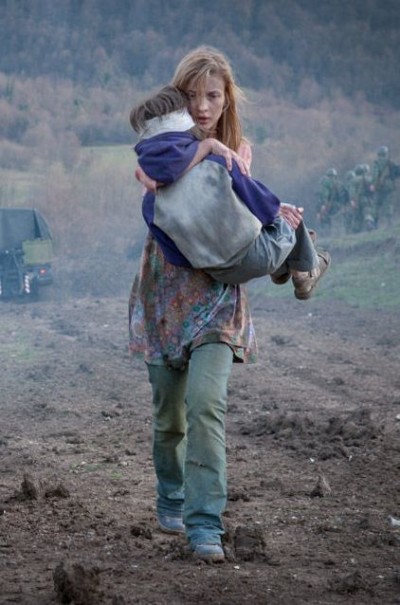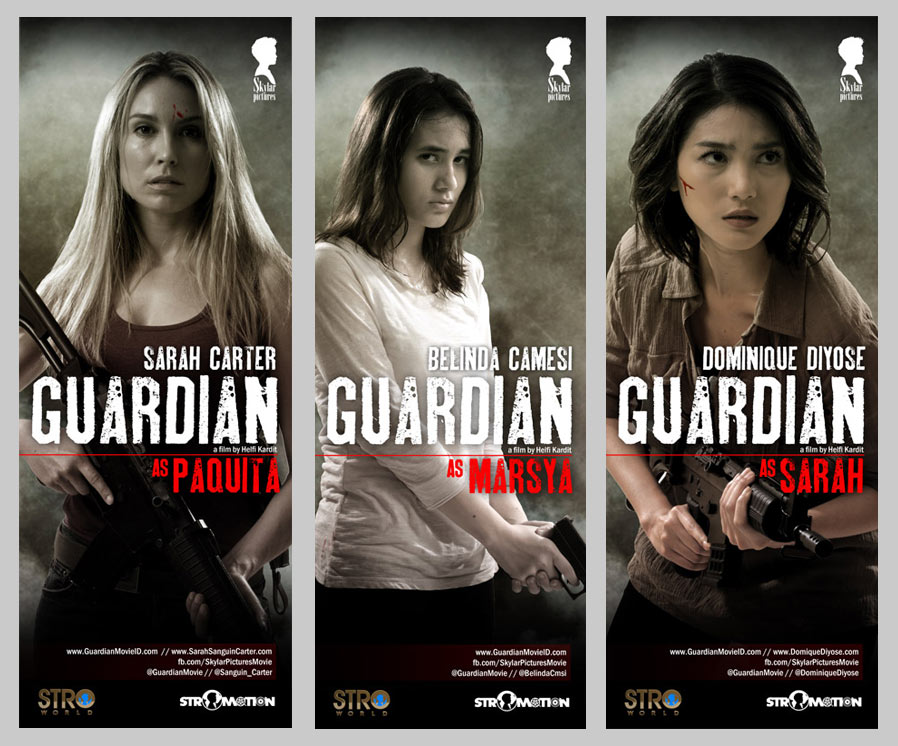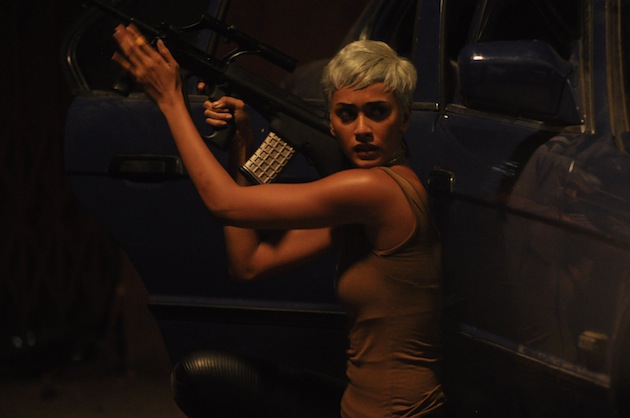★★
“…and this is why we don’t camp.”
 Gillian (Clark) takes a job as a summer-camp counselor, only to discover that part of the training involves her spending two nights, by herself, on an island in the middle of a nearby lake. That isn’t an ideal sitation for Gillian, since she’s troubled by nightmares of her past, and is unsettled to discover a previous trip by campers to the island, ended when a young girl sleepwalked her way to tragedy. Her spirit is still supposed, according to camp counselor lore, to roam the island, etc. etc. There may be less parapsychological threats to Gillian’s safety, although are they real or just her paranoia playing up? She finds a broken doll, and then finds a tent, with photos of young women taped to the roof inside. Ok: it’s probably not just her paranoia then. The potential culprits include Fred (Clarkin), the creepy owner of the camp, who was part of the previous expedition; his creepy son, Marty (Love), called “Martian” by the other councillors, for reasons that are obscure; and apparently friendly fisherman, Ray (Kash), who shows up and offers first-aid, after Gillian gashes her leg.
Gillian (Clark) takes a job as a summer-camp counselor, only to discover that part of the training involves her spending two nights, by herself, on an island in the middle of a nearby lake. That isn’t an ideal sitation for Gillian, since she’s troubled by nightmares of her past, and is unsettled to discover a previous trip by campers to the island, ended when a young girl sleepwalked her way to tragedy. Her spirit is still supposed, according to camp counselor lore, to roam the island, etc. etc. There may be less parapsychological threats to Gillian’s safety, although are they real or just her paranoia playing up? She finds a broken doll, and then finds a tent, with photos of young women taped to the roof inside. Ok: it’s probably not just her paranoia then. The potential culprits include Fred (Clarkin), the creepy owner of the camp, who was part of the previous expedition; his creepy son, Marty (Love), called “Martian” by the other councillors, for reasons that are obscure; and apparently friendly fisherman, Ray (Kash), who shows up and offers first-aid, after Gillian gashes her leg.
Clark is a decent heroine, although one perhaps too defined by her vulnerabilities. The main issue is a script that is astonishingly dumb. For instance, as with any modern wilderness horror, it has to deal with The Cellphone Issue. Here, it does so by Gillian being forbidden from taking hers on to the island, which is kinda neat. Except she does. But there’s still no signal. So she swims out into the water, the phone in a plastic bag held between her teeth, and tries to send a text. When that doesn’t work, she hurls it away in a fit of pique. At some point later, the phone unilaterally decides to send the text. But the recipient doesn’t bother doing anything significant with it. WHAT WAS THE POINT? They should simply have stopped at her being forbidden to take hers on to the island. It’s this kind of inanity which plagues much of the proceedings here, with people behaving in ways that don’t seem credible.
This is just about plausible for the villain – after all, you are a loony stalking camp counselors in the middle of a lake, critical thinking may not be your forte. However, the second half of the film, consists of little more than four people stumbling around, making poor decisions. Much though you want to root for Gillian, and she does find a decent amount of inner fortitude at the end (Let’s just say, “Anchors aweigh!” and leave it at that), the overall feeling is that everyone deserves to be voted off this island.
Dir: Isaac Cravit
Star: Annie Clark, Daniel Kash, Steven Love, Richard Clarkin






